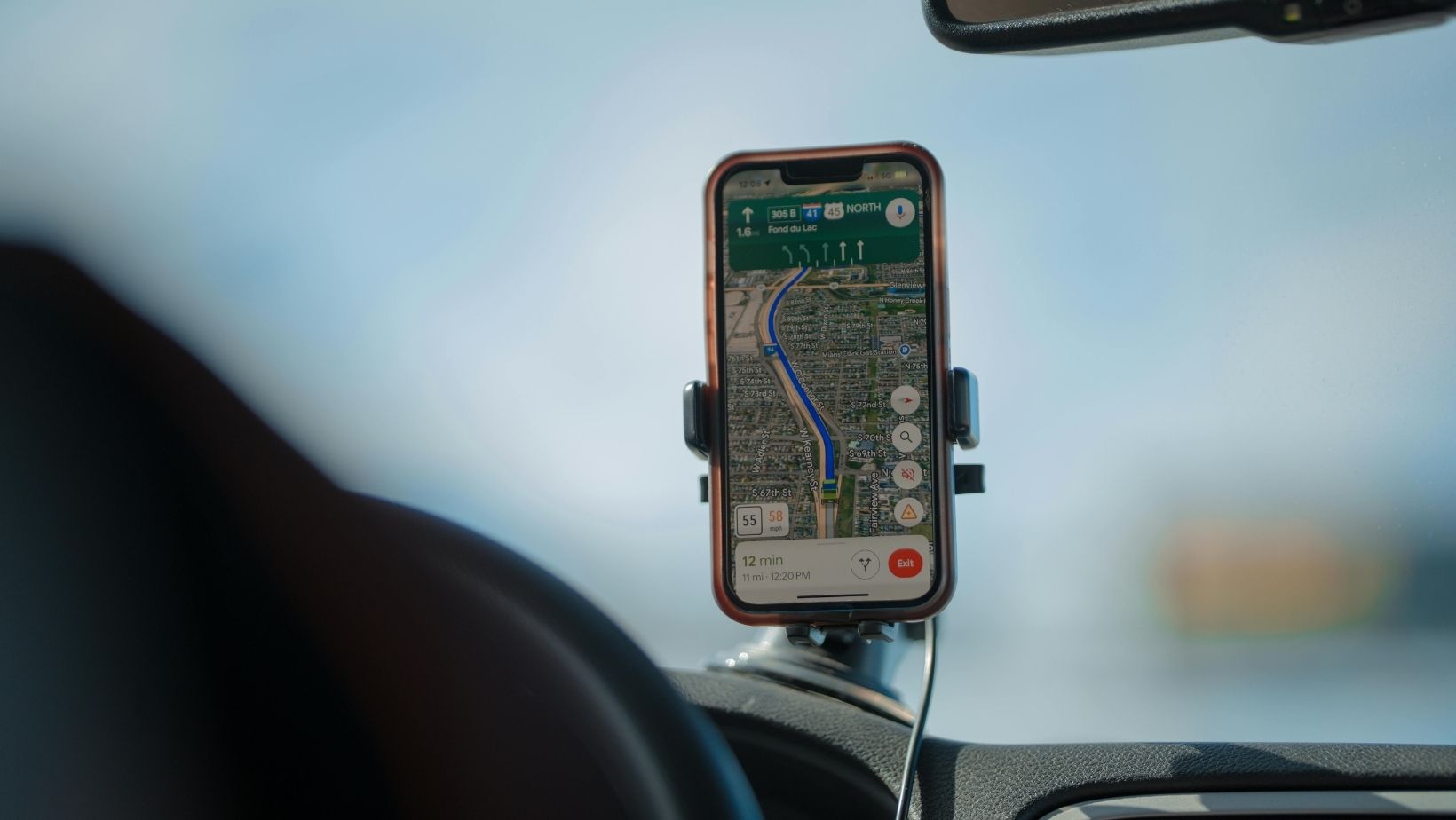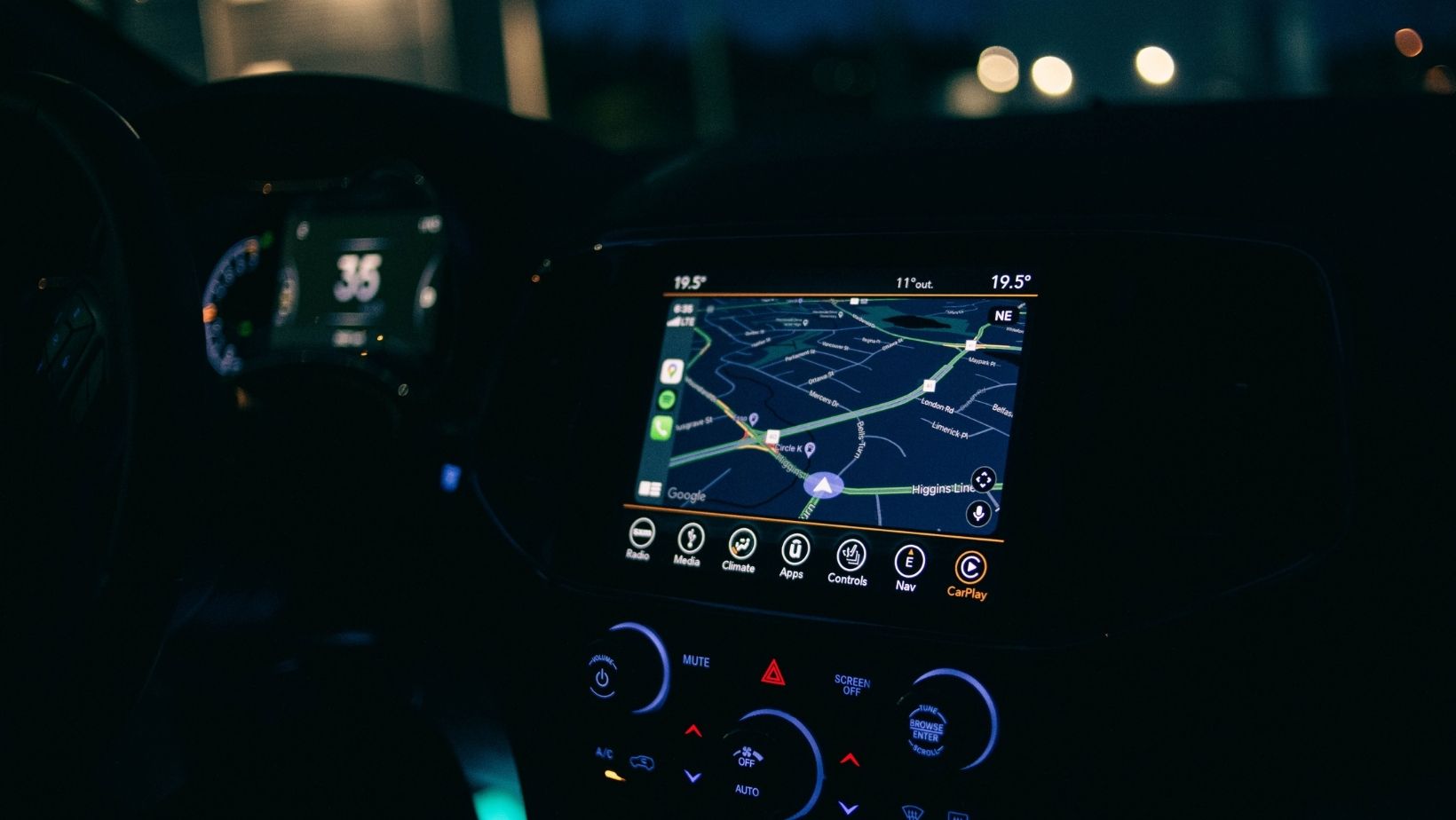In today’s fast-paced world, vehicle tracking has become an essential tool for businesses, particularly those involved in fleet management, logistics, and transportation. The advent of GPS technology has made it easier than ever to track vehicles in real time, providing a wealth of information that can significantly improve operational efficiency, safety, and cost-effectiveness. Whether you’re managing a fleet of delivery trucks, commercial vehicles, or even personal cars, vehicle tracking offers a host of benefits that can transform how businesses operate.
What is Vehicle Tracking?
At its core, vehicle tracking involves the use of GPS (Global Positioning System) technology to monitor the location and movement of vehicles. GPS tracking devices, often installed in vehicles, collect real-time data on the vehicle’s position, speed, and route. This data is then sent to a centralized system, where it can be accessed by fleet managers or business owners to gain valuable insights into the vehicle’s activity.

Modern vehicle tracking systems often come with a suite of additional features such as geofencing, route optimization, fuel consumption monitoring, and even driver behavior analysis. These systems can be accessed via desktop or mobile apps, making it easy for managers to keep an eye on their fleet from anywhere at any time.
The Benefits of Vehicle Tracking
1. Improved Fleet Efficiency
One of the most significant advantages of vehicle tracking is the ability to improve fleet efficiency. By tracking vehicle routes and schedules in real time, fleet managers can identify inefficiencies in the operation. For example, if a vehicle is taking a longer route or sitting idle for an extended period, adjustments can be made to optimize the route and reduce fuel consumption. This leads to cost savings and better use of time.
2. Enhanced Safety
Safety is a top priority for any business with a fleet of vehicles. Vehicle tracking systems can help improve safety in a variety of ways. For example, many modern tracking systems come with real-time alerts that notify managers if a vehicle is driving aggressively, such as speeding or making abrupt turns. These alerts can help prevent accidents and encourage safer driving habits.
Additionally, GPS tracking can also assist in recovering stolen vehicles. In the unfortunate event that a vehicle is stolen, the tracking system can provide real-time data to law enforcement, increasing the chances of recovering the vehicle quickly.
3. Cost Savings
Vehicle tracking can lead to significant cost savings for businesses. By optimizing routes and reducing fuel consumption, businesses can lower operational costs. Furthermore, tracking systems can help reduce maintenance costs by providing early alerts for issues such as engine problems, low tire pressure, or other potential mechanical failures. Early detection of these issues can prevent costly repairs and downtime.
Moreover, businesses can reduce the risk of fraudulent activity by using vehicle tracking to ensure that vehicles are used for their intended purpose. For example, tracking can help confirm whether a vehicle is being used outside of working hours or for unauthorized personal use.
4. Better Customer Service
In industries such as logistics and delivery, providing accurate delivery estimates is crucial for customer satisfaction. Vehicle tracking enables businesses to provide real-time updates on delivery times, giving customers more accurate information and improving their overall experience. Additionally, tracking systems can help businesses identify delays or bottlenecks in the delivery process, enabling them to address issues proactively and ensure timely deliveries.
5. Regulatory Compliance
Many industries, especially those involved in transportation and logistics, are subject to strict regulations regarding driver hours, vehicle maintenance, and other operational factors. Vehicle tracking can help ensure compliance with these regulations by monitoring driver behavior and vehicle conditions. For example, tracking systems can log driving hours, ensuring that drivers do not exceed legal limits and are given sufficient rest periods.
In some countries, vehicle tracking is mandatory for certain industries, such as long-haul trucking. By using tracking systems, businesses can avoid costly fines and penalties for non-compliance.
How Vehicle Tracking Works
The technology behind vehicle tracking is relatively straightforward but highly effective. A GPS tracking device is installed in a vehicle, usually in a hidden or hard-to-reach location to prevent tampering. The device communicates with satellites to determine the vehicle’s precise location, speed, and direction. This information is then sent to a server, where it is processed and stored.
Most modern tracking systems use cellular networks or Wi-Fi to transmit the data, allowing for real-time updates. In some cases, satellite communication is used in remote areas where cellular coverage is unavailable.
The data collected by the tracking device is accessible via a web-based platform or mobile app, where fleet managers or business owners can view detailed reports and receive alerts. Many tracking systems also come with advanced features, such as geofencing, which allows businesses to set up virtual boundaries around specific areas. If a vehicle crosses these boundaries, an alert is triggered.
Key Features of Vehicle Tracking Systems
- Real-Time Tracking
The ability to track a vehicle’s location in real time is the core feature of any GPS tracking system. This feature allows businesses to monitor the exact location of their vehicles at any given time, making it easier to manage deliveries, routes, and schedules.
- Route Optimization
By analyzing historical data, vehicle tracking systems can recommend the most efficient routes for drivers to take. This can reduce travel time, fuel costs, and overall wear and tear on vehicles.
- Geofencing
Geofencing allows businesses to set up virtual boundaries around specific areas. When a vehicle enters or exits these predefined areas, the system sends an alert. This feature is useful for monitoring vehicle usage and ensuring that drivers are adhering to the intended route.
- Driver Behavior Monitoring
Many vehicle tracking systems can track driver behavior, such as speeding, harsh braking, and rapid acceleration. This data can be used to identify unsafe driving habits and provide feedback to drivers to improve their performance and safety.
- Maintenance Alerts
Some vehicle tracking systems can monitor vehicle health and send alerts when maintenance is needed. This can include oil changes, tire pressure checks, and engine diagnostics. Proactive maintenance helps prevent breakdowns and prolongs the lifespan of the vehicle.
- Fuel Management
Fuel costs are a significant part of any fleet’s operating expenses. Vehicle tracking systems can monitor fuel consumption and provide insights into how efficiently each vehicle is using fuel. This data can help businesses identify areas where fuel efficiency can be improved, such as adjusting driving habits or optimizing routes.
Conclusion: The Future of Vehicle Tracking
As technology continues to evolve, so does the potential of vehicle tracking systems. With advancements in artificial intelligence (AI), machine learning, and IoT (Internet of Things) technology, vehicle tracking is becoming even more powerful and intuitive. These systems are not just tools for tracking; they are becoming essential components of modern business operations, enabling fleet managers to make data-driven decisions that improve efficiency, reduce costs, and enhance customer satisfaction.

For businesses looking to stay competitive in today’s market, investing in a high-quality vehicle tracking system is no longer optional—it’s a necessity. By adopting this technology, companies can unlock new levels of operational insight and gain a competitive edge that will serve them well for years to come.

